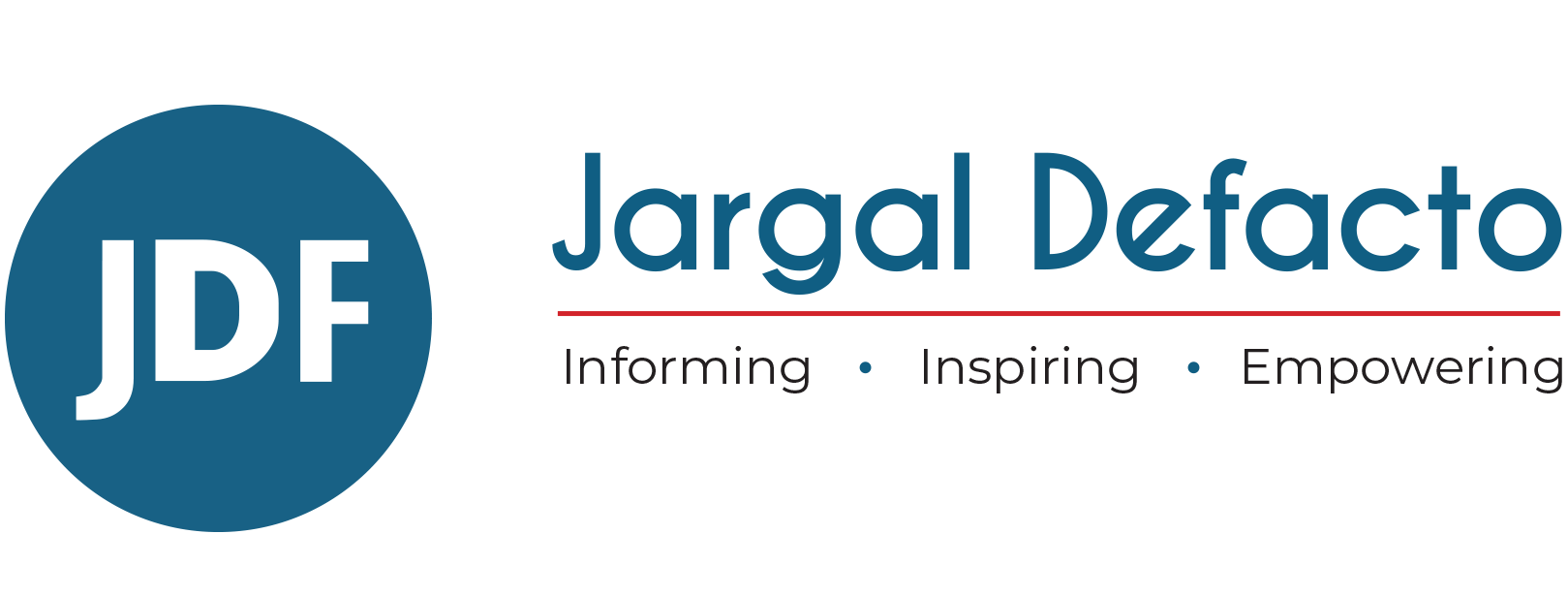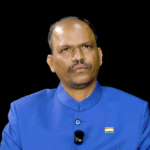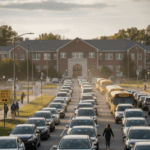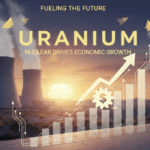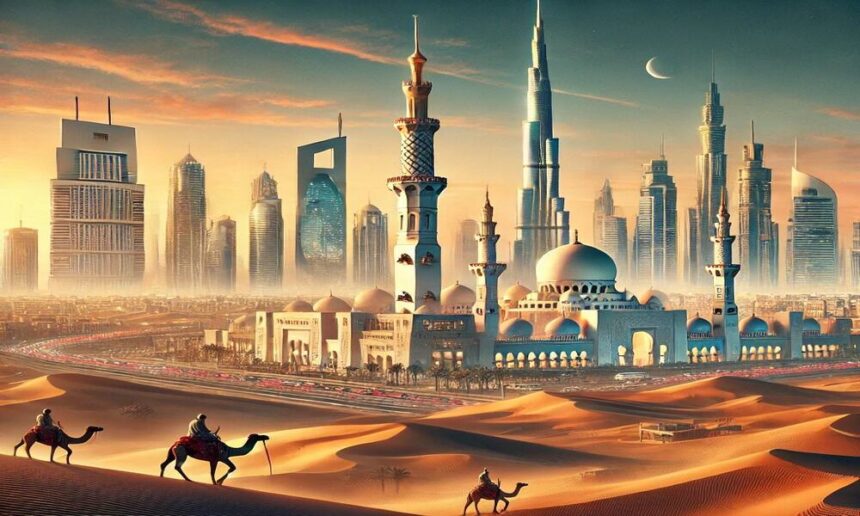The United Arab Emirates (UAE) has transformed from small, impoverished desert principalities into a global economic hub within just over three decades. Using the chance to visit and explore this country, this article discusses its unique characteristics, history, governance, economic policies, relations with Mongolia, and what Mongolia can learn from the UAE’s development model.
One. Geography and economy
The UAE is located in the Middle East and shares borders with the Kingdom of Saudi Arabia and the Sultanate of Oman. Its total land area is 83,600 km², akin to Sukhbaatar province. There are around 10 million inhabitants, of which only 10% are native Emiratis, while the remaining 90% are foreign residents.
The UAE is one of the wealthiest countries in the world, with an economy based on oil, trade, real estate, tourism, and finance. Its GDP is approximately $545 billion (World Bank, 2024), with a per capita income of around $50,000, ranking it behind Turkey, Saudi Arabia, and Israel in the Middle East.
The UAE was established as a federation in 1971, uniting seven emirates: Abu Dhabi, Dubai, Sharjah, Ajman, Umm Al-Quwain, Fujairah, and Ras Al-Khaimah. According to its constitution, the Federal Supreme Council is the highest governing authority, combining legislative and executive powers.
By tradition, the President of the UAE is Sheikh of Abu Dhabi, while the Sheikh of Dubai serves as Prime Minister and Vice President. Currently, Sheikh Mohammed bin Zayed Al Nahyan is the President, and Sheikh Mohammed bin Rashid Al Maktoum is the Prime Minister.
Two. Regulation of the high foreign population ratio
In a rapidly growing economy with a small native population, foreign labor is crucial. As a result, the UAE has one of the world’s leading numbers of foreign workforce. As of 2024, the country hosts approximately 4.7 million Indians, around 2 million Pakistanis, 1 million Bangladeshis, 860,000 Filipinos, and people from over 200 nationalities, totaling around 9 million foreign residents.
While Emirati citizens receive free healthcare and education, foreign residents rely on private sector services. Living with their families bears high costs due to the cost of private schools and medical care, leading many to live alone and send money back to their home countries. Foreign workers must obtain work permits and renew them periodically. Additionally, long-term residency options, such as the “Golden Visa,” are available for those who make significant investments or possess skills deemed essential to the UAE. Unauthorized employment is illegal, and overstaying a visa incurs a fine of $30 per day, a sign of the country’s intricate regulatory system.
Three. Rapid economic growth
Once composed of small, scattered, and impoverished villages reliant on pearling, fishing, date farming, camel breeding, and trade, the region discovered oil in the 1950s, leading to rapid infrastructure development and economic growth. In 1971, the UAE gained independence from the UK, uniting its seven emirates under the leadership of Sheikh Zayed bin Sultan Al Nahyan. In 1981, the UAE joined the Gulf Cooperation Council (GCC) when it was founded, collaborating on regional cooperation and stability. From the 1990s onward, the country started developing tourism, trade, and finance. Dubai is a bright example of a hub for tourism, real estate, and financial services, and rapid development.
Four. Economic policy and foreign investment mechanisms
The UAE’s current economic ideology aims to reduce reliance on oil and establish a diversified economy. This vision is elaborated in the “Vision 2030″ policy document. The nation is implementing policies of economic diversification and sustainable development. As of 2024, 75% of the UAE’s GDP comes from non-oil sectors.
To attract foreign investment, the UAE has established free trade zones offering tax cuts and full foreign ownership rights, which were a big success. Today, there are 45 such free zones. They provide numerous economic advantages, such as exemptions from corporate taxes and import/export duties, 100% foreign ownership, and unrestricted profit repatriation.
By successfully developing all types of infrastructure, the UAE has built world-class airports, seaports, and smart cities, making it an attractive destination for investors. Its strategic location serves as a bridge between East and West. The country has also made significant investments in artificial intelligence, green energy, and fintech. The Emirates have become an international hub for new technologies, AI and innovation.
The UAE exports both crude and refined petroleum, as well as diamonds, gold, jewelry, aluminum, automobiles, television equipment, and airplane and aerospace components. They are exported directly and through intermediaries. In terms of imports, gold, mobile phones, petroleum, automobiles, jewelry, diamonds, and computers were among the top imports in 2024.
Five. UAE-Mongolia Relations
Mongolia established diplomatic relations with the UAE in 1996 and opened its permanent embassy in Abu Dhabi in 2022. The two countries maintain a friendly relationship and there are extensive opportunities for Mongolia to learn from the UAE’s efficient natural resource management strategies and methods for reducing dependency on raw materials.
Since the opening of the Mongolian Embassy in the UAE, bilateral relations have intensified. Over the past two years, more than 10 agreements have been signed to strengthen the legal framework for cooperation. As of December 2023, all Mongolian passport holders can travel to the UAE visa-free. The two nations have also agreed to collaborate in economic cooperation, education, tourism, and environmental protection. Additionally, an intergovernmental committee was established, holding its first meeting in February 2025.
A political consultation mechanism between the Ministries of Foreign Affairs has been established, and a program for knowledge exchange among government officials has been implemented.
As part of this collaboration, an online training program was launched to enhance the expertise of Mongolia’s English language teachers, with the first group of 50 teachers receiving certificates from the University of Arizona, USA. Mongolia also made its first official meat exports to the UAE in 2023.
President Khurelsukh Ukhnaag visited the UAE in 2023, followed by the Prime Minister Oyun-Erdene Luvsannamsrai in 2024.
Mongolia can leverage its strategic location between Russia and China to attract investment from the UAE by offering investor-friendly conditions. By developing its tourism industry and logistics hubs, Mongolia could rise to the international arena.
These opportunities were discussed during the visit of Dorjkhand Togmid, Member of Parliament and Deputy Prime Minister of Mongolia, to the UAE.
On February 25, 2025, the first session of the Joint Economic Committee was held in Abu Dhabi. The meeting was co-chaired by the Mongolian Deputy Prime Minister Dorjkhand Togmid and Minister of Economy Abdullah Touq Al-Marri of the UAE. Officials from relevant ministries and institutions of both countries participated.
The parties acknowledged the rapid expansion of friendly relations between Mongolia and the UAE in recent years, emphasizing the frequency of high-level visits. They discussed enhancing cooperation in trade, economy, investment, mining, energy, transportation, agriculture, and tourism.
To enhance bilateral trade and economic collaboration, export and import of goods, both sides agreed to facilitate business and investment delegations, strengthen ties between the two Chambers of Commerce, and actively support continuous participation in international conferences and exhibitions.
Both parties highlighted the importance of collaboration in energy cooperation, particularly in renewable and clean energy. They also agreed to collaborate on creating a legal framework for energy collaboration, studying the UAE’s best practices, and training Mongolian specialists of those sectors in the UAE.
In addition, tourism cooperation is to be strengthened by increasing connections between travel companies, promoting knowledge exchange, and supporting direct flights between the two countries. It was agreed that the UAE will work to launch flights to Mongolia.
As a result of the Joint Economic Committee meeting, Deputy Prime Minister T.Dorjkhand and Minister of Economy Al-Marri signed a protocol outlining a roadmap for enhancing cooperation in economic, trade, mining, energy, transportation, agriculture, and tourism into new heights.
Furthermore, Mongolian Deputy Prime Minister Dorjkhand Togmid, the UAE President’s Advisor on Strategic Research and Advanced Technology Faisal Abdulaziz Mohammed Al-Bannai, and the Bahraini Minister of Finance Sheikh Salman bin Khalifa Al-Khalifa signed a tripartite Memorandum of Understanding for collaboration in oil, natural gas, and mineral exploration and extraction.
This wraps up the story of the UAE’s emergence from a desert nation into a global economic hub. By adopting economic diversification, foreign investment policies, and leveraging strategic geographic positioning, Mongolia has the potential to develop its own unique growth model similar to that of the UAE.
